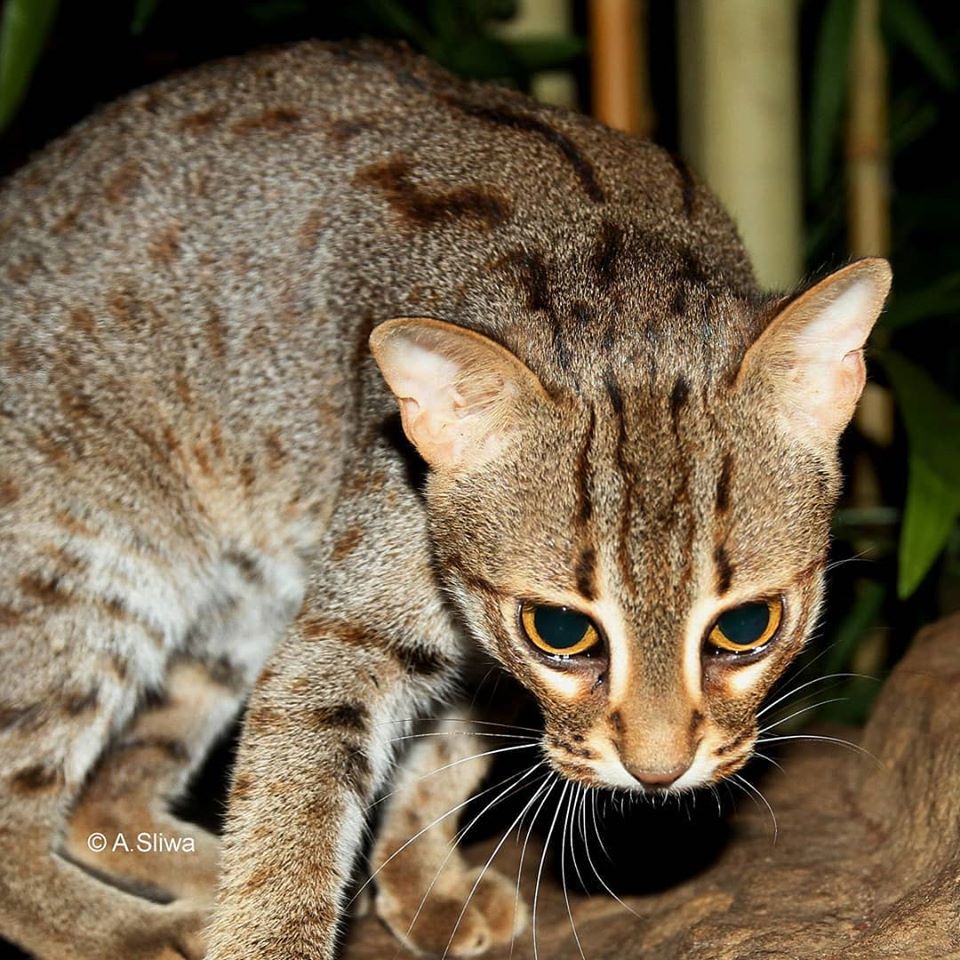Sand Cat Habitat Needs

They are sand-dwelling inhabiting dry plains and rocky valleys where conditions are extreme.
Sand cat habitat needs. Number of sand cats decreased drastically in the past couple of decades due to habitat loss poaching. Sand cats are primarily nocturnal and prefer an arid habitat with little vegetation. There are 4 subspecies of sand cat that can be found in northern parts of Africa and south-eastern parts of Asia.
The smallest cat species in Arabia the sand cat Felis margarita is well adapted to its arid desert habitat obtaining all the water it needs from its food. In Turkmenistan the sand cat was described as most abundant amongst extensive stabilized sand dunes and heavier clay soil habitats. The sand cat is the only felid found primarily in true deserts.
The smallest cat species in Arabia the sand cat Felis margarita is well adapted to its arid desert habitat obtaining all the water it needs from its food. This video narrated in French shows the dry flat desert habitat of the Sahara occupied by the African Sand Cat also known as the Sand Dune Cat. Harrisoni the race from the Arabian peninsula.
The Sand cat hides leftover food in the sand. Sand cats live exclusively in desert regions. The sand cat is one of many endangered species that are being breed in captivity.
Prey provide the sand cat with the fluids they need to live in places where there is little water. The Sand Cat primarily occupies sandy deserts but has also been recorded in stony and rocky deserts. Masters of evasion with coats the same color as the desert sands.
Sand cat is the only species of cat that inhabits deserts exclusively. Africas Sahara desert throughout the Arabian peninsula. If the local people are prepared to live in harmony with the sand cat it will force change from the bottom to the top the countries rulers.



















